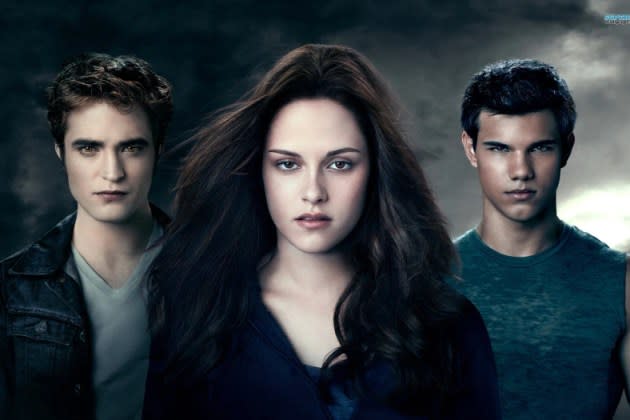
I discovered the Twilight saga in high school when the first movie hit theaters. It was 2008, and vampire-mania had taken over the world, especially among girls aged 13 and up. Robert Pattinson was the final straw. I remember as if it were yesterday that after finishing New Moon, I ventured after school through a torrential downpour to the nearest bookstore to ask if Eclipse was available. It wasn’t; the sympathetic but very kind bookseller was waiting for a reprint shipment, and I definitely wasn’t the first to ask that day. In short, Stephenie Meyer, with her Mormon stories about vampires falling in love with humans, humans falling in love with vampires, half-human, half-vampire children, and werewolves who weren’t too happy about it, had us in her grip, and her influence remains strong to this day.
What Midnight Sun is about
Fueling the ongoing online and social media debate about Twilight was none other than the author herself, who in 2020 released Midnight Sun, a new book retelling the original events (which were narrated from the point of view of Bella Swan, the awkward girl who had just moved to Forks) from the perspective of Edward Cullen, the charming and brooding vampire forever stuck in adolescence. The pre-publication journey was long and troubled, but post-publication was the opposite: the book sold 1 million copies in its first week, despite reviews from critics being, at best, mixed.
The new animated series on Netflix and the Twilight Mania
Now, the saga is becoming an animated series. Netflix announced it, without providing further details. The news is fresh, and fan excitement is hard to put into words, although some are protesting. Why does it have to be animated? The truth is, it’s a smart move that capitalizes on the ongoing hype surrounding the phenomenon, without replacing the faces now associated with the story—namely, the lead actors—in the collective imagination. The real question here is: what is it about Twilight that’s so captivating? Why can’t we break free from its grip? Why, nearly 20 years after its release (the first book was published in 2005 in the U.S.), are we still talking about it despite all the controversies, the religious and pro-life undertones (not so subtly) embedded in the love story, which predated even the BookTok explosion of Young Adult and Romantasy, preferably spicy?
Let’s try to answer the question
What we have here are easy-to-read, flowing, and at times overly sentimental books. The timing was right, the formula was a proven success: a love story that overcomes all obstacles, surpassing the differences between humans and vampires, and threatened by not only internal conflicts (we’re too different, I drink blood, and you have blood, etc.) but also external forces, like the Volturi and James. Despite all the challenges, Bella and Edward manage to love each other, and readers of supernatural romance have never wanted anything else. Add to this the recent reboot trend, prequels and sequels, the obsessive and nostalgic revival of past successes in hopes of squeezing out a little more, and the even more recent trend of analyzing childhood media through dedicated video essays and podcasts, and the picture becomes clear. In 2024, Twilight taps into these trends and sparks debate, and as long as it continues to do so, production studios won’t let it go. As for us, the jury is still out, at least until the animated series is released.

